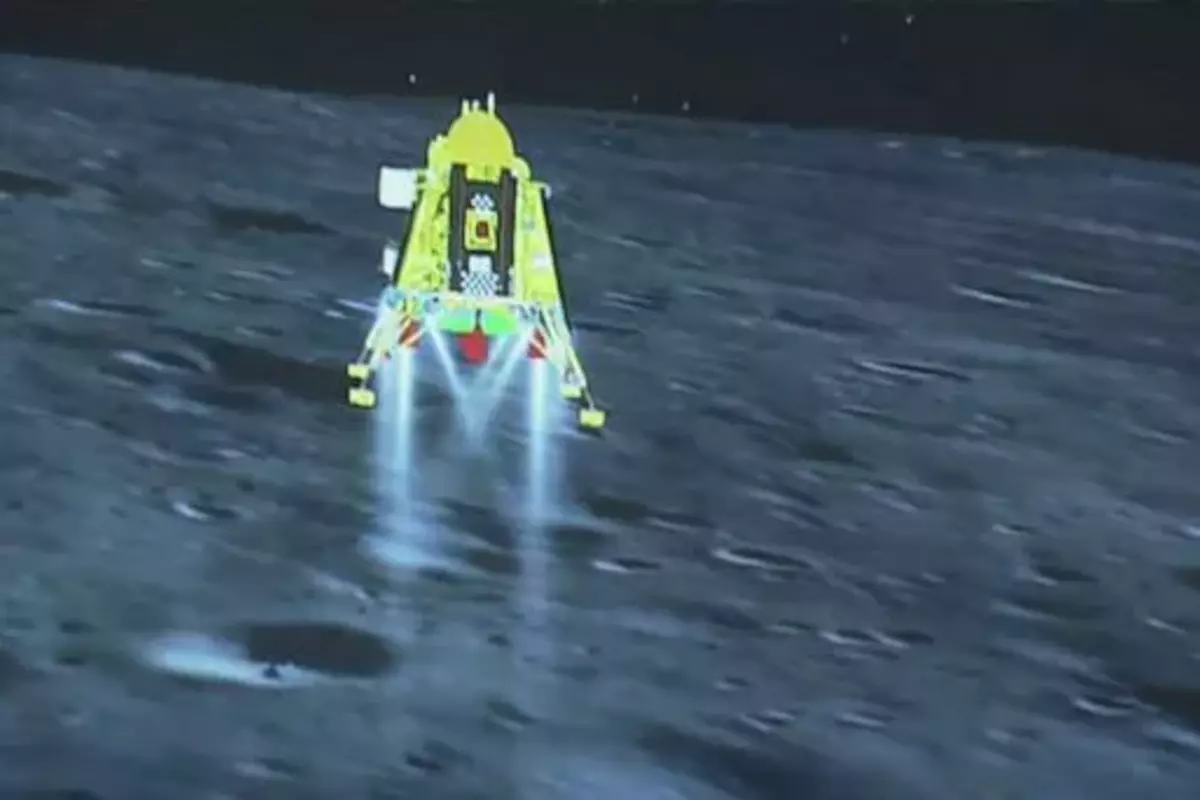
Moon Sniper
Following India’s historic lunar landing, Japan’s space agency hopes to rebound from a run of setbacks with the launch of its own mission ‘Moon Sniper’, next week.
The rocket will transport a lander expected to the Moon’s surface in four to six months, as well as an x-ray imaging satellite to study the universe’s evolution.
On Friday, the Japan Aerospace Exploration Agency (JAXA) stated, “The launch has been pushed back to Monday due to adverse weather, pushed it back by a day”.
Japan has one of the world’s greatest space programs, but its first effort to place a lander on the Moon in November 2022 failed, and a new type of rocket burst during a test last month.
The Smart Lander for Investigating the Moon is now the focus of JAXA’s hopes.
SLIM is compact and light, standing 2.4 metres (7.9 feet) tall, 2.7 metres wide and 1.7 metres long, and weighing approximately 700 kilogrammes (1,545 pounds).
For its precision, JAXA is seeking to land the ‘Moon Sniper’ within 100 metres of a specified target on the Moon, significantly less than the customary range of several kilometres.
The probe, built in collaboration with a toy company, attempts to investigate how the Moon was formed by investigating exposed pieces of the lunar mantle using a palm-sized tiny rover that can change shape.
“Lunar landing remains a very difficult technology”, SLIM project team member Shinichiro Sakai told the media on Thursday, offering tribute to India’s success.
“To follow suit, we will do our best in our own operations”, Sakai continued.
The H2-A rocket, which will launch from Tanegashima in southern Japan on Monday, will also carry the X-Ray Imaging and Spectroscopy Mission (XRISM) which was built by JAXA, NASA and the European Space Agency.
The satellite’s high-resolution X-ray spectroscopic observations of the universe’s hot gas plasma wind will aid in the study of mass and energy movement, as well as the composition and evolution of celestial objects.
“There is a theory that dark matter is preventing galaxies from expanding”, said Hironori Maejima, project manager for XRISM.
“The question of why dark matter does not converge, and what are the forces that spread it, is expected to be clarified by measuring plasma with XRISM”, Maejima added.
Also read: Greek Indians Gather Outside PM Modi’s Hotel As He Lands In Athens
To read more such news, download Bharat Express news apps























